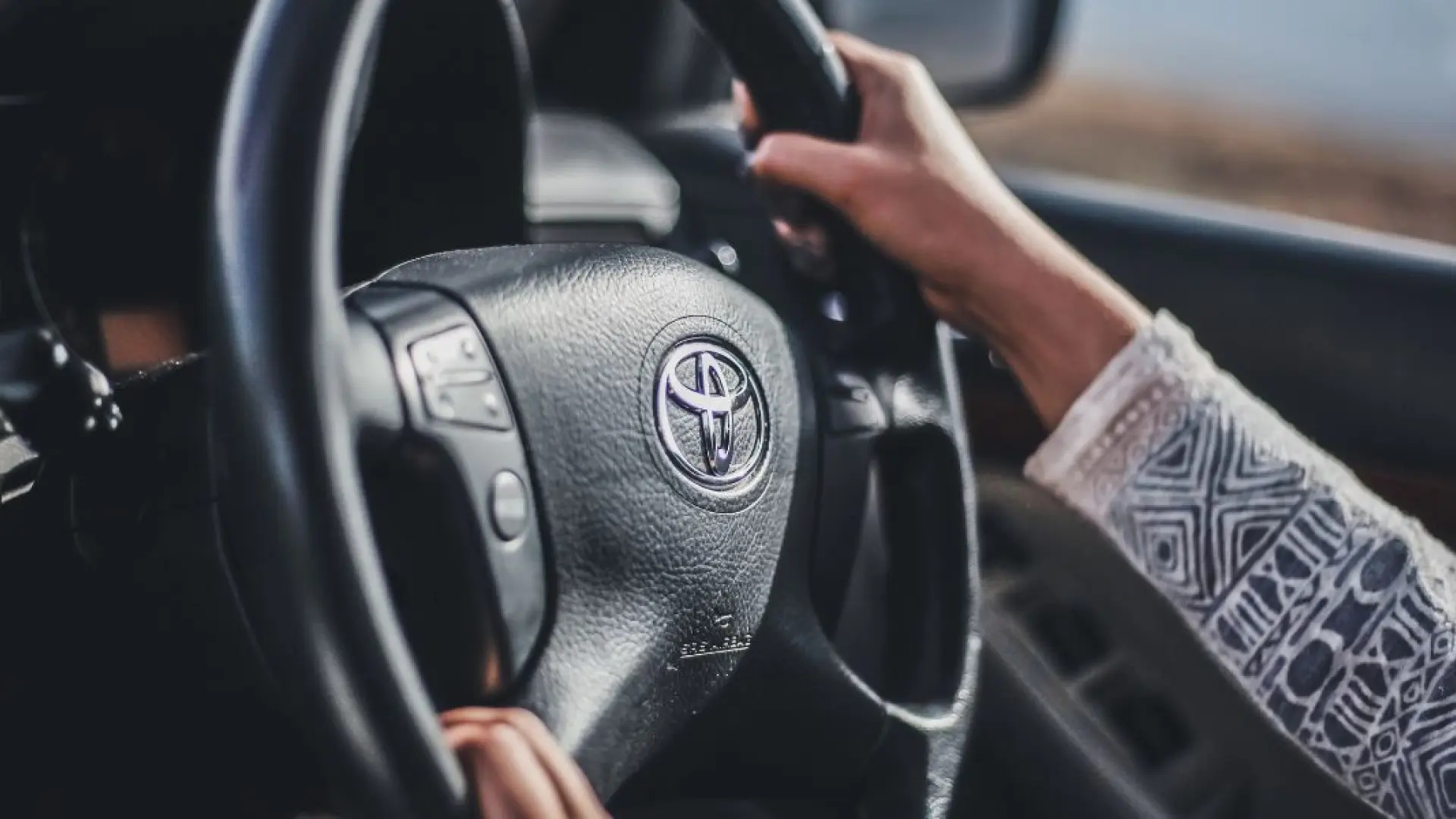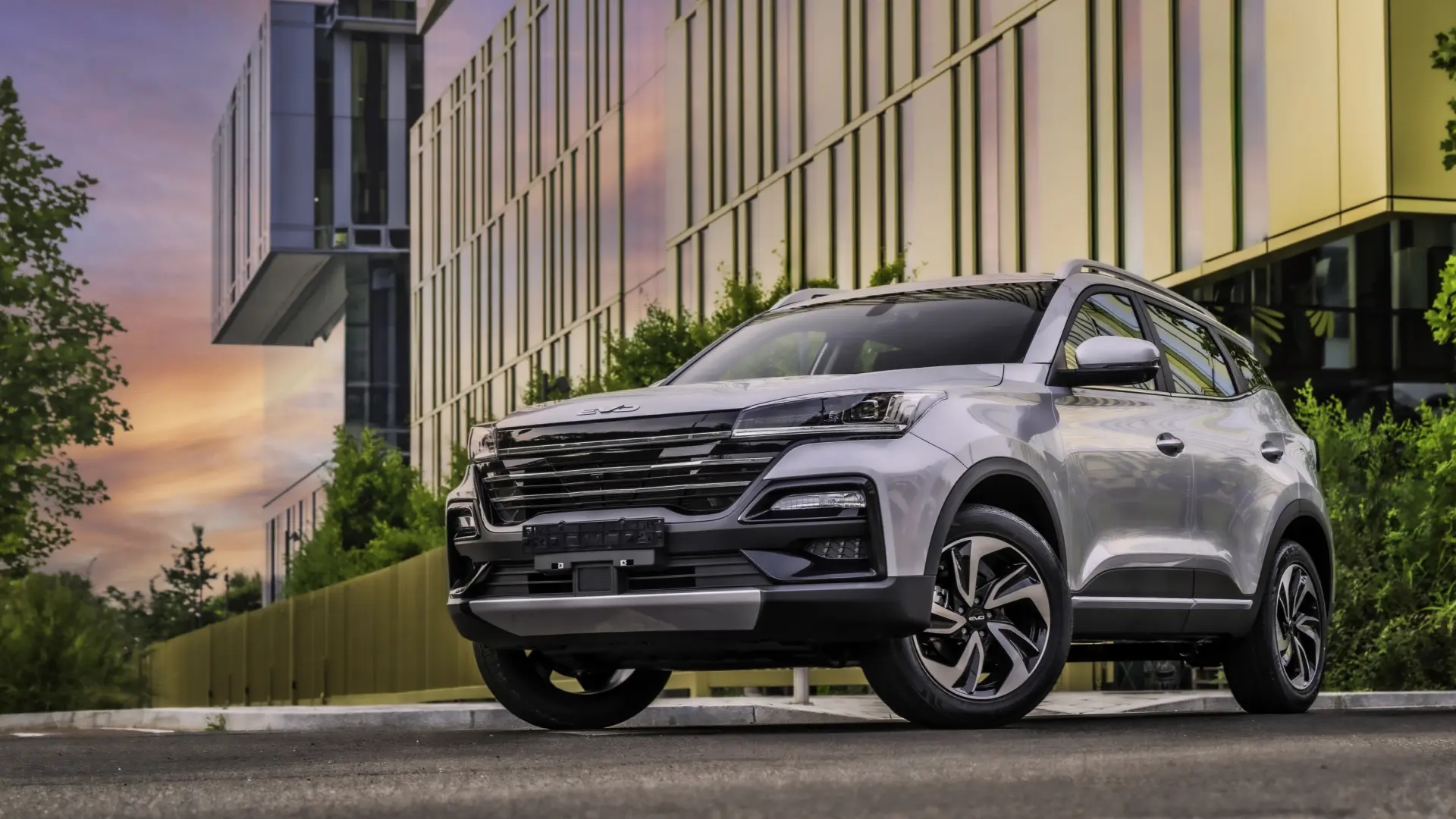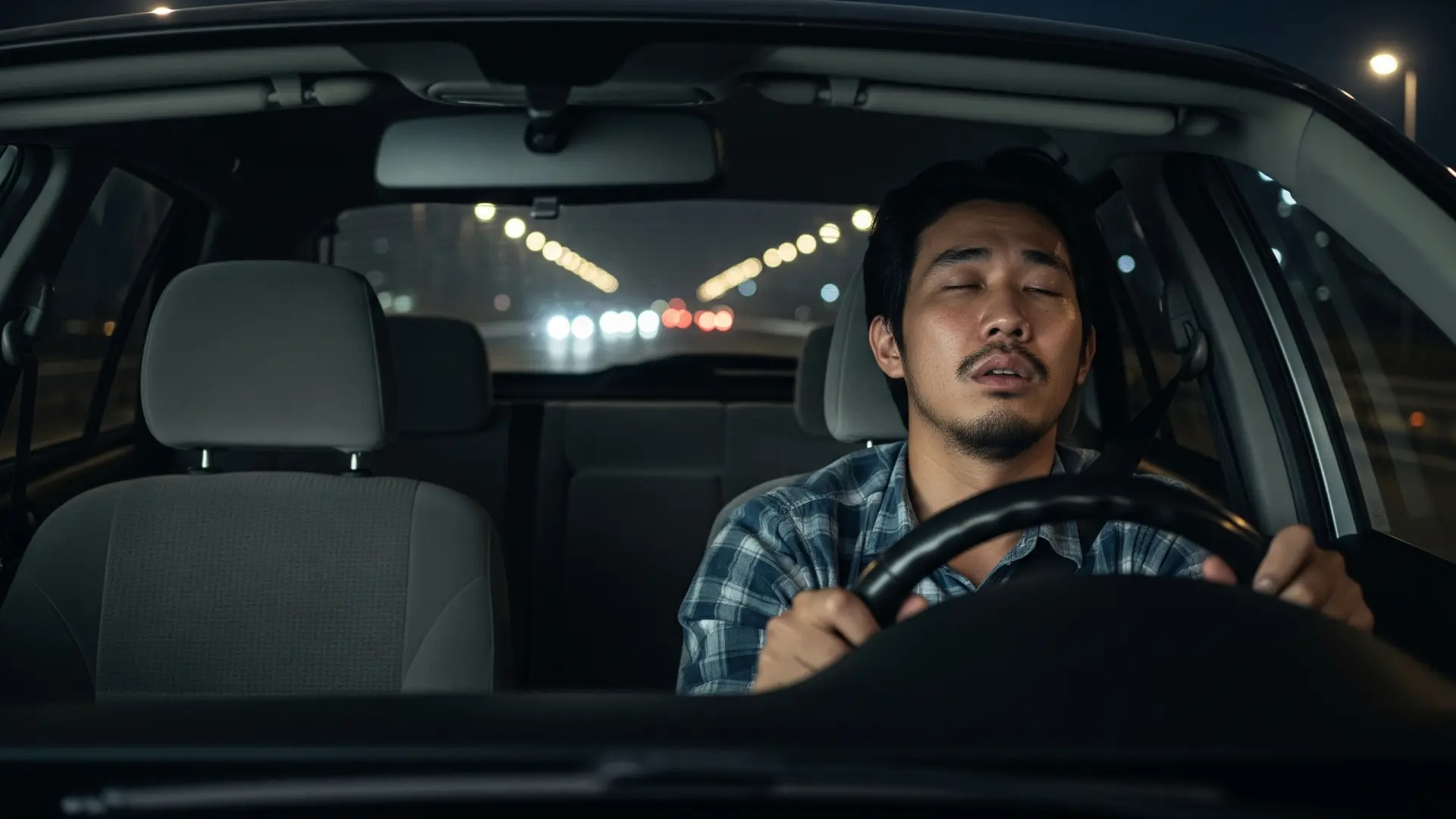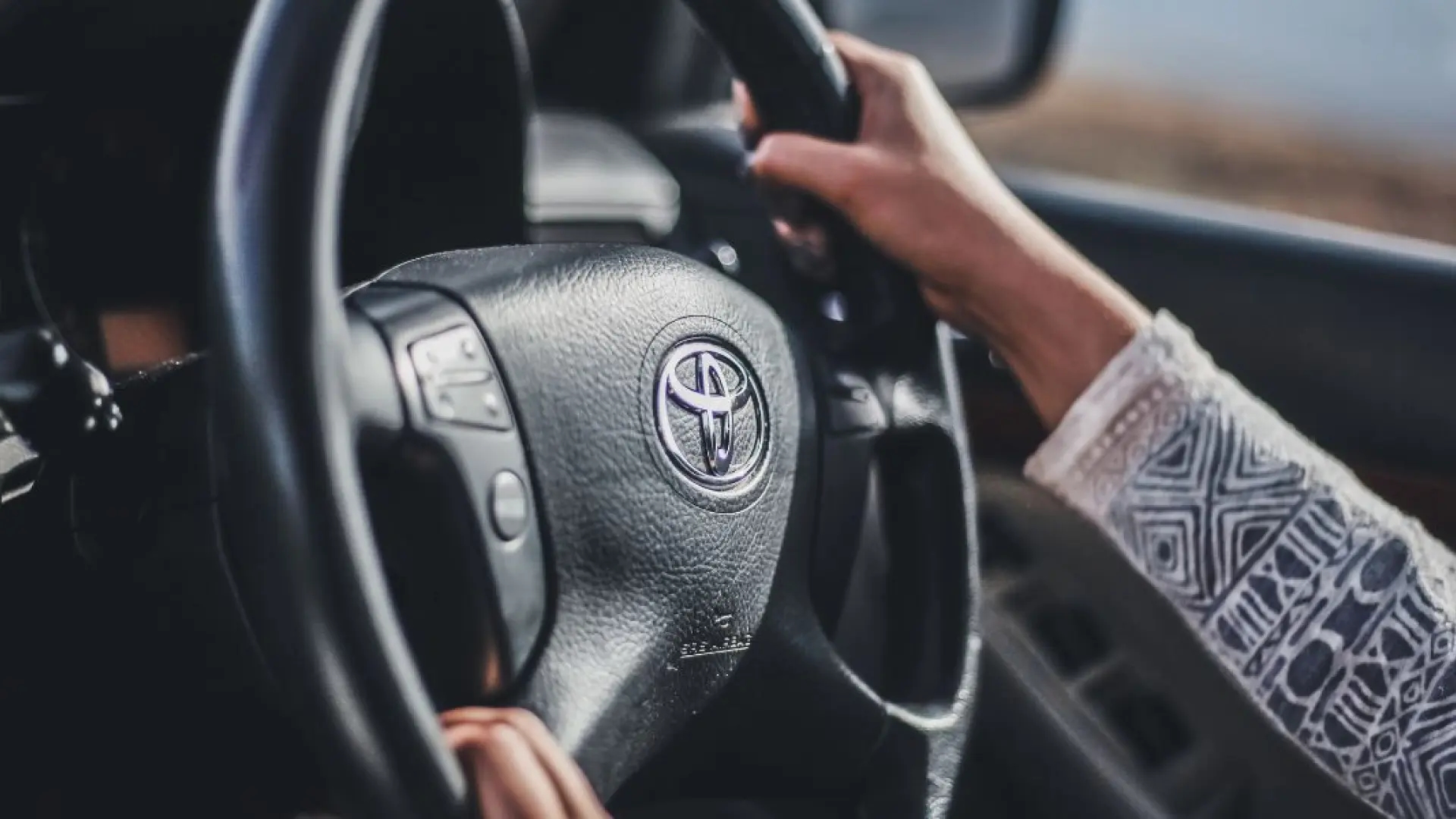Driving at 17? The DGT, experts, and victims support it, but put the spotlight on the guardian.

The European Parliament approved new road regulations on Tuesday, including one that allows 17-year-olds to drive accompanied by an experienced driver until they turn 18. Traffic officials, road safety experts, victims, and driving schools support the measure but focus on the guardian.
For the first time, Europe is establishing a probationary period of at least two years for novice drivers , who will face stricter rules and tougher penalties for driving under the influence of alcohol and not using seat belts or child restraint systems.
European Union countries will have three years to incorporate these new regulations into their legal systems and another year to prepare for implementation. For now, traffic officials welcome the measure and believe it could work well in Spain, as it has in countries such as Germany and France, where it is already being implemented, according to sources from the Directorate General of Traffic (DGT) .
However, they remain cautious about how and when the new regulations will be implemented. "We have to wait for it to be published in the Official Journal of the European Union and, from there, begin working with the sector," the sources point out, warning that "it's not something immediate."
The transposition of European regulations will be carried out through the amendment of Royal Decree 818/2009, which approved the General Regulations for Drivers , which must be approved by the Council of Ministers.
Regarding acceptance among young people, sources believe that for those living in large cities with public transport, the license is not a priority, hence the lower age for driving . However, it is a priority in rural areas where a vehicle is required to travel. Last year, the DGT issued 260,249 class B licenses (cars and vans) to young people between 18 and 20 years of age, out of a total of 605,762 issued.
Supervision of tutorsJorge Ortega, from the road safety and prevention department at the Mapfre Foundation, points out that the measure is "appropriate" since the young person gains experience that adds to the experience provided by driving school. He also believes that it is "probably safer" to drive a car with someone else than a motorcycle, which is legal for drivers from the age of 16.
It also emphasizes the importance of monitoring the level of drivers, either through an aptitude test or by imposing certain conditions such as a minimum age, a certain number of years of driving experience, and no recent serious traffic violations. For the RACE Foundation, it's not a question of age, but rather of responsibility and, above all, training, which will help new drivers understand traffic regulations when using other modes of transportation, such as scooters.
This foundation requests that the measure be accompanied by awareness campaigns, advanced practical training (focused on attitudes and risk perception), and a commitment to family follow-up.
They ask for more training to raise awarenessFrancisco Canes, president of the DIA Association of Accident Victims , emphasizes that "it is considerably more dangerous for the occupant or the driver" to ride a motorcycle than a car and points out that "there should be no problem" with the application of the measure in Spain. However, he believes that more emphasis should be placed on raising awareness among drivers who are about to get their license, through training similar to that provided in traffic victim recovery courses.
A demand shared by Mar Cogollos , general manager of the accident prevention association Aesleme, who believes that the opportunity should be taken to introduce mandatory theoretical training for young people to make them aware of the risks and understand that violations not only mean a fine or the loss of points , but can also lead to the loss of life or the death of others.
Cogollos believes that these new drivers will have a year of training before driving alone and emphasizes the importance of the passenger, who, in his opinion, should always be the same person and be registered.
The president of the National Confederation of Driving Schools (CNAE), Enrique Lorca, considers the measure positive, as it allows young drivers to gradually enter the real world in a supervised manner. However, he emphasizes the importance of tutors receiving some form of training and points out that several studies show that veteran drivers would fail a road safety exam due to the bad habits they have acquired.
Lorca asserts that young people's interest in a driver's license "remains intact" and there is increasing demand , contrary to widespread perceptions. "They continue to have interest, and it is growing because, among other things, it is an essential requirement for entering the labor market beyond mobility," notes the CNAE official, who acknowledges that it is true that the age at which drivers can obtain a license has been delayed. "Although the interest in driving is no longer so much at 18, but more at 20, 21, 22, 23, or 24," Lorca believes that accompanied driving may be "highly in demand."
20minutos





